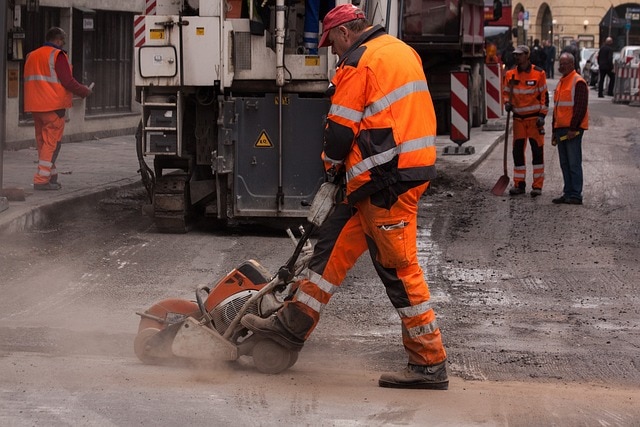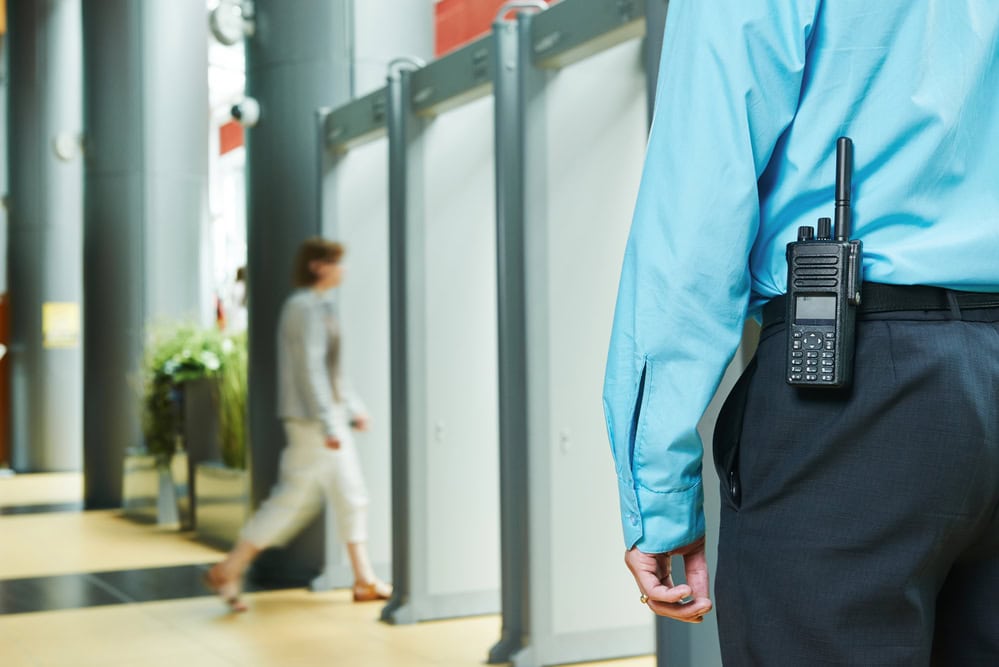Safe and healthy through the fall
Slipping hazards, poor visibility: Some factors increase the risk of accidents during the dark season. However, good preparation helps to ensure safety on construction sites. The German employers' liability insurance association BG Bau has some tips for the dark season.

Wetness, ground frost or wet leaves increase the risk of accidents and falls on construction sites. However, accidents caused by tripping or slipping can lead to serious injuries and unexpectedly long downtimes.
Walk and stand safely
Depending on the weather, paths must therefore be gritted with salt to prevent slipping hazards. This also applies to scaffolding, walkways and stairs. In addition, safety shoes with a strong tread prevent slipping. Rain and wetness, for example, not only make for a slippery surface: In the case of slope edges, heavy rain can also affect stability.
The BG Bau advocates above all bright and reflective warning clothing. This is the be-all and end-all in winter. Such workwear can prevent accidents and save lives in poor visibility conditions or in the dark. However, this should above all be luminous and reflective and class 2 or even better class 3. A waterproof and windproof weather protection clothing additionally protects against respiratory or joint diseases at low temperatures.
The right light
Artificial light sources ensure greater safety. For this reason, companies on construction sites must also ensure uniform illumination of all workplaces. Lighting with a wide beam or aysmmetric light distribution is ideal. According to BG Bau, traffic routes must be illuminated with at least 20 lux. Work areas, however, require up to 500 lux, BG Bau said. This can be achieved by using a different light color or brighter illuminance, it adds. In addition, light sources should be regularly maintained and cleaned to guarantee reliable use.
In summary, the BG Bau checklist contains four points: The workplace and traffic routes should be cleared and freed of leaves. In addition, weather-proof shoes with a strong anti-slip tread should be used. Clothing should also be adapted to the weather conditions. Ideally, protective clothing in the fall should be reflective, but also water- and wind-repellent. In addition, the construction site should be sufficiently illuminated.
Source: BG Bau/editorial office









